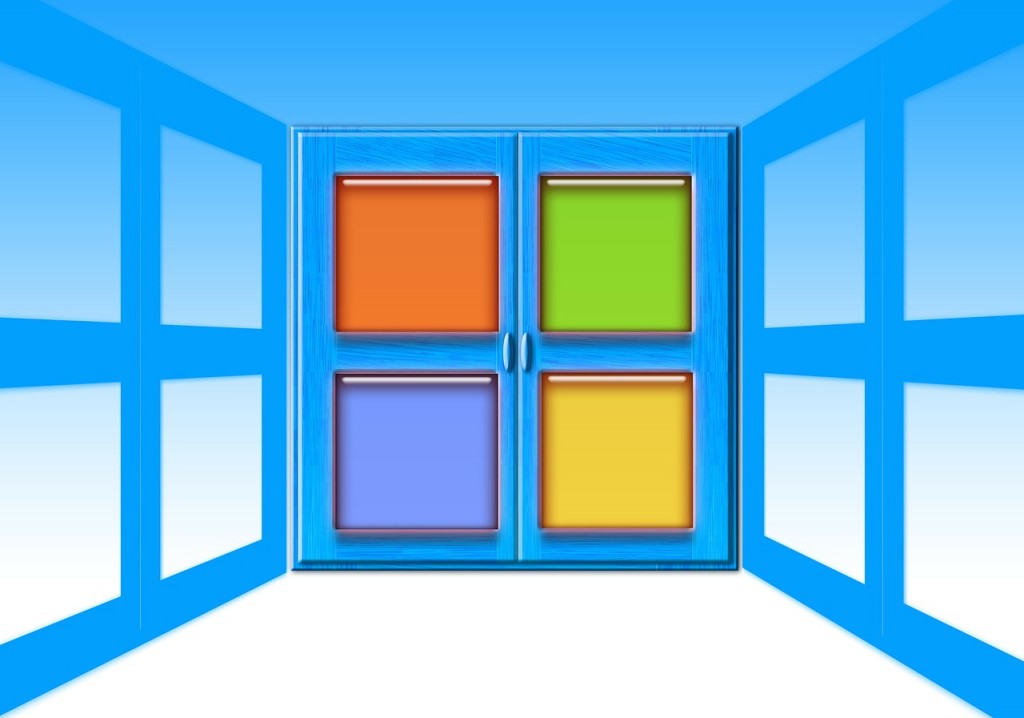Brief History of Technology Giant Microsoft
Microsoft is a U.S. technology company with operations throughout the world. The company headquarters are located in Redmond, Washington USA. Microsoft was founded by Bill Gates and Paul Allen and the current CEO is Satya Nadella. It is a public company which is listed on the NASDAQ under the ticker MSFT. It is traded on the DJIA, the S&P 500 and the NASDAQ-100. The company has been in operation since 1975 and is the dominant force in global operating systems for personal computers. The company’s biggest claim to fame is the Windows OS. Since its creation and listing on the stock exchange, Microsoft has created three multi-billionaires and an estimated 12,000 millionaires.
Microsoft is a major player in the technology sector and has made some of the biggest acquisitions in this industry. For Microsoft, the largest deal to date has been the purchase of Skype Technologies for $8.5 billion. Among the many key Microsoft products are its ownership of the Xbox range of products, including the Xbox One, Xbox 360 and the Xbox. The company also owns Windows Phone OS, launched Microsoft Surface and a range of other smartphone offerings. Microsoft has maintained dominance in providing the operating system software for PCs since inception. Currently, the company has upgraded its OS to Windows 8 and later versions. This OS is now used for PCs and tablets. A breakthrough development took place in June 2012 when Microsoft launched the first Microsoft computer with Microsoft software – it was known as Surface. Following the launch of Windows 8 on Microsoft Surface, the Windows Phone 8 was released.
Various other developments have taken place every year, including the Xbox 360 Kinect sensor. But it has not all been plain sailing for the company, as selloffs and market corrections have occurred. On the 19 July, 2013 the stock suffered an 11% decline worth an estimated $32 billion amid concerns that Q4 profits were coming in below expectations. These poor earnings reports came on the back of poor sales for the Surface tablet and the Windows 8 OS. A year later, Amy Hood took over the mantle as Chief Financial Officer of Microsoft. The company also acquired the mobile unit of Nokia for $7 billion. Also in 2013, Microsoft restructured its operations into 4 distinct categories: Cloud, Devices, Operating System, and Apps.
Microsoft (MSFT) Stock Price Movements
In 1986 when Microsoft listed, the stock price was $21. By the close of trade, the price had jumped to $27.75. The company has split its stock price multiple times since inception, in an effort to increase the number of shares in the company. When stock splits occur, the price is adjusted such that the market cap after the split is the same as the market cap before the split. According to financial records, Microsoft (MSFT) stock has split a total of 9 times since its listing in 1986. When the splits occur, shareholders own more shares, but the total value of those shares is the same as before the split since the share price decreases as the number of shares increases. This measure is adopted in an effort to bring in more buyers at the lower price. Analysts indicate that if you had purchased 1,000 Microsoft shares at inception, the stock splits would result in 288,000 shares today. Further, a $10K purchase of MSFT in July 2005 would be worth $21.8K in July 2015, with a total return of over 118% (with reinvested dividends).
That same investment over 10 years would have yielded a total return of $20.1K without reinvested dividends. The company is independently audited by Deloitte and Touche. According to the latest available data from Microsoft, the company has a total headcount of 128,076 with net revenues of $86.83B (June 30 2014). The company enjoyed 12% growth with net income of $22.07B for an annual growth of 1%. Interestingly, the company’s employees are largely male (71.6%). 59.4% of employees are Caucasian, 28.6% are Asian, 5.1% are Hispanic, and 3.5% are African American. The majority of employees are 40+ (45.6%), with 37% between 30-39 and 17.3% under the age of 29.
Microsoft pays quarterly dividends on stock. The company no longer offers the option of preferred shares. As of April 16, 2015 there were 8,089,575,277 shares outstanding. The number of outstanding shares is a reference to all the shares that have been authorized, purchased and issued. These are the shares that are held by investors, otherwise known as issued shares. This number includes institutional investors. When the number of outstanding shares is multiplied by the current share price, the market capitalization of the company can be ascertained. Microsoft’s earnings per share is calculated by dividing issued shares by earnings. These are the two most important criteria used by investors to determine the viability of purchasing Microsoft (MSFT) stock.
There are several ways to trade Microsoft (MSFT) stock, and one of the most user-friendly options is by way of call and put options at binary trading sites. Binary trading strategies can easily be learned and they educate traders how and when to place call options and put options. The reasons why binary options are preferable to purchasing stocks are many. For starters, the investment timeline can be as little as 60 seconds to several weeks, even a year. And secondly the size of price movement is irrelevant; only the direction of price movement is considered in order to generate maximum yield.


